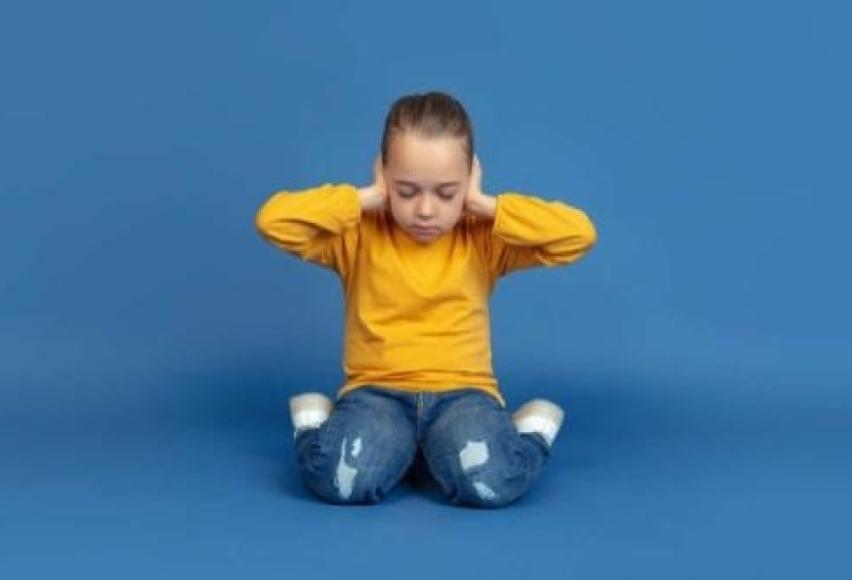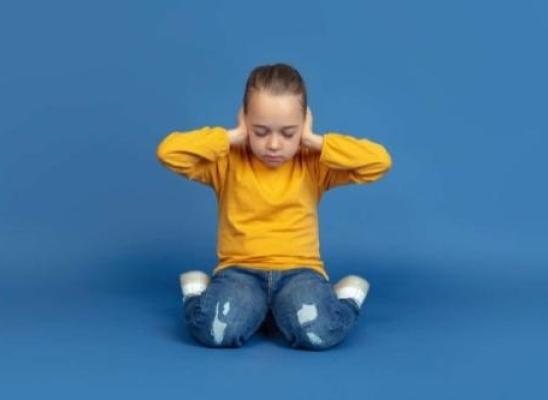Getting Creative: Treating Hair Pulling in A Child with Autism Spectrum Disorder

Online test
Find out the severity of your symptoms with this free online test
Children with Autism Spectrum Disorder (ASD) often experience co-occurring mental health disorders, including trichotillomania (TTM). Diagnostically, both disorders share some similarities including early onset (in pediatric TTM) and restricted, repetitive behaviors. Both disorders can result in social distress and stigma for the child suggesting that early intervention can be helpful in reducing symptoms as well as the emotional distress that can result.
 It’s long been assumed that treating hair pulling in a child with ASD would be difficult to treat using traditional methods such as cognitive behavioral therapy (CBT) or habit reversal. Under-responsive and over-responsive sensory processing behaviors are frequently seen in children on the spectrum. Hair pulling is one of the many self-soothing or self-stimulating behaviors they may engage in. CBT requires thought processing and reasoning ability to gain insight into one's behavior. A child with ASD may not have this ability. So, treating hair pulling with a child on the spectrum requires a sensory processing approach that gives attention to the underlying sensory issues.
It’s long been assumed that treating hair pulling in a child with ASD would be difficult to treat using traditional methods such as cognitive behavioral therapy (CBT) or habit reversal. Under-responsive and over-responsive sensory processing behaviors are frequently seen in children on the spectrum. Hair pulling is one of the many self-soothing or self-stimulating behaviors they may engage in. CBT requires thought processing and reasoning ability to gain insight into one's behavior. A child with ASD may not have this ability. So, treating hair pulling with a child on the spectrum requires a sensory processing approach that gives attention to the underlying sensory issues.
Because children with ASD are neurotypically different from children without ASD, it’s paramount to develop a treatment plan that can address ASD symptoms and those of co-occurring disorders in a way that is compatible with the child’s specific clinical needs. A new study presents an integrated strategy for treating hair pulling behavior in a child on the spectrum that combines the best of behavioral and creative therapies, combining CBT and habit reversal with therapies that address sensory needs. Is it possible to treat hair pulling disorder for a child who is diagnosed with ASD? The findings say yes.
The Importance of Early Intervention
When it comes to treating childhood mental health disorders, early intervention tends to yield more desirable outcomes. A child’s brain is still growing and considered more “plastic” or able to make changes. Early intervention taps into this neuroplasticity and helps the brain to learn and make progress. ASD is generally diagnosed in the early childhood developmental period. Early intervention has been shown to improve learning and progress.
Early intervention for children with hair pulling disorder is also important. Children can experience social and academic problems as well as mental health issues. They can also experience social difficulties or bullying due to their appearance. Habits are ingrained and reinforced over time. Early intervention closer to onset can address the hair pulling to possibly prevent its progression into a chronic condition in adulthood.
The Study
The study was conducted with a 6-year-old child diagnosed with both ASD and TTM. A complete functional assessment was completed to determine the child’s unique learning abilities as well as triggers and other factors related to his hair pulling. Assessment also included an understanding of his dominant style of hair pulling. Dominant hair pulling style is clinically relevant in the development of an effective treatment plan. Interventions were based on the child’s unique abilities and needs and from the perspective that his hair pulling was a sensory seeking behavior. The assessment revealed that the child more easily understood information in verbal format, again highlighting the need for a full assessment.
Interventions chosen for the study included:
- Psychoeducation
- School Involvement
- CBT (as habit reversal and stimulus control training)
- Social support
- Mental imagery
- Creative psychotherapy techniques (including sand tray and sand play therapy, therapeutic doll making, clay therapy, and art therapy)
Medication was not used in this study.
These behavioral and creative interventions were integrated into a comprehensive treatment approach. This helped to reinforce the use of strategies and to meet sensory needs in healthy ways (e.g., creative arts).
Parents and teachers were also engaged in the process to ensure the consistent use of interventions strategies across settings and to provide support and encouragement for the child.
The Findings
The result of this intervention was that the hair pulling ceased. In fact, at the time of the study being published in 2019, the absence of hair pulling had been maintained for 4 years. He still used his strategies and continued to use his sensory objects that he made in his creative therapies.
These findings suggest that no single intervention is effective to address repetitive hair-pulling with a child living with ASD. Rather, a combination of strategies that not only address the hair-pulling but also respect sensitivities and neurological needs seems to be most effective.
So, what seemed to work?
By integrating both the behavioral and the creative interventions, the child was able to work on reducing pulling while finding ways to meet his sensory needs. Through the process of psychoeducation, imagery, and CBT, he was able to identify strategies he wanted to use and developed confidence in his ability to make the changes he desired. This self-identification seemed to be particularly helpful. Setting goals and small rewards were motivating. Support from teachers and family helped to create consistency and an additional source of motivation. The creative therapies in particular seemed to be especially helpful. There, he was able to work through feelings and create objects that were pleasing and satisfying for his sensory needs.
As the results of all the various interventions came together, the child was able to consolidate them, with the help of his therapist, into a pattern of behaviors that helped him to manage his behavior across settings.
While the results are impressive, it would be premature to call this type of intervention a “cure”. It is a sobering fact that relapse in the future is possible. Relapse can occur even after a significant time in remission. For that reason, it is imperative that maintenance and relapse prevention strategies and protocols be part of the treatment process. Those strategies should include acknowledgment that the hair pulling could return, acceptance if a relapse occurs, and strategies for getting back to remission.
The Takeaway
The takeaway from this study, apart from the evidence that hair pulling can be successfully treated for a someone with ASD, is that understanding individual needs are paramount to creating a treatment strategy. We know that behaviors result from thoughts and feelings, and it serves a purpose. These are different for every person. When a problematic behavior is viewed in the context of the individual’s unique circumstances and the purpose of that behavior is clear, the possible solutions become more apparent. This study moves that understanding and the possibility of effective treatments one step closer.
References
1. American Psychiatric Association. (2013). Diagnostic and statistical manual of mental disorders (5th ed.). Washington, DC: Author.
2. Stace, S.M. (2020). Behavioral and Creative Psychotherapeutic Interventions with a 6-Year-Old Boy Diagnosed with Autism Spectrum Disorder (ASD) and Comorbid Pediatric Trichotillomania (TTM). Journal of Creativity in Mental Health, 15(4), 414-427. DOI: 10.1080/15401383.2019.1704334
3. Franklin, M. E., Zagrabbe, K., & Benavides, K. L. (2011). Trichotillomania and its treatment: A review and recommendations. Expert Review of Neurotherapeutics, 11(8), 1165–174. doi:10.1586/ern.11.93
4. Golomb, R., Franklin, M., Grant, J. E., Keuthen, N. J., Mansueto, C. S., Mouton-Odum, S., Woods, D. (2016). Expert consensus treatment guidelines: Body-focused repetitive behaviors – hair pulling, skin picking, and related disorders. Santa Cruz, CA: The TLC Foundation for Body-Focused Repetitive Behaviors. https://www.bfrb.org/storage/documents/Expert_Consensus_Treatment_Guidelines_2016w.pdf
Online test
Find out the severity of your symptoms with this free online test
Start your journey with TrichStop
Take control of your life and find freedom from hair pulling through professional therapy and evidence-based behavioral techniques.
Start Now



